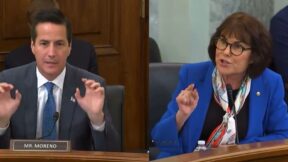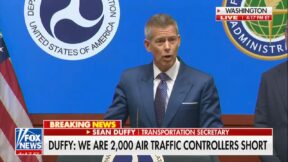2009: The Year of America’s First Wifi President
When Obama took office this past year, one of the first thing he did was hire a full time blogger and bring the White House web page into the Web 2.0 era.
Most notably, weekly Presidential speeches were carried as videocasts from the whitehouse.gov, in addition to being broadcast on the radio. Bush’s team before Obama used the White House website to beef up the print-on-paper side of the communications office, but Obama uses it for live broadcast, interactive chats. Under Obama, the whitehouse.gov has taken on the full trappings of an online social hub.
All combined, of course, none of this use of new media by the Obama administration has solved any of the problems that President’s face, but that is not really the point. Obama still faces cries for greater transparency, the public still criticizes the administration for not interacting enough, and activists still complain that their views are not heard. Internet media has changed the tone of these debates, but the subject matter is still the same as it has been for decades.
Moreover, despite embracing the Internet as a broadcast medium and a capillary network for raising money, the Obama administration has still stopped short of the full potential of the internet as an interactive medium. We know for sure that FDR and JFK nothing from the public when they spoke into the radio mic or the TV camera, and now we know that Obama hears roughly the same when he preps his speeches to be uploaded for viewers to watch on their iPhones and Droids.
No matter how much closer Internet media may make us feel to a President, the Presidency remains at a great distance by design. And there it will stay.
What will 2010 bring?
I would not look for any Avatar-esque innovations in Presidential uses of media, just yet. I doubt a 3-D online Obama will be flying over your Second Life island any time soon.
But virtual town hall meetings, complete with President and voters interacting in digitized spaces–these may not be as far off as we once thought.
2010 will also likely be the year where YouTube broadcasts reach a critical mass of hand held devices, meaning that more and more voters will be listening and watching the President speak from their smart phones rather than from their TVs and desktop computers. That could mean the White House is dreaming up creative ways to get you to donate money with the same ease you pick a restaurant, find yourself on Google Maps, and load up a Pandora play list. President Obama as a free iPhone app? That’s more than change you can believe in — that’s change you can put money on.
Pages: 1 2
This is an opinion piece. The views expressed in this article are those of just the author.




